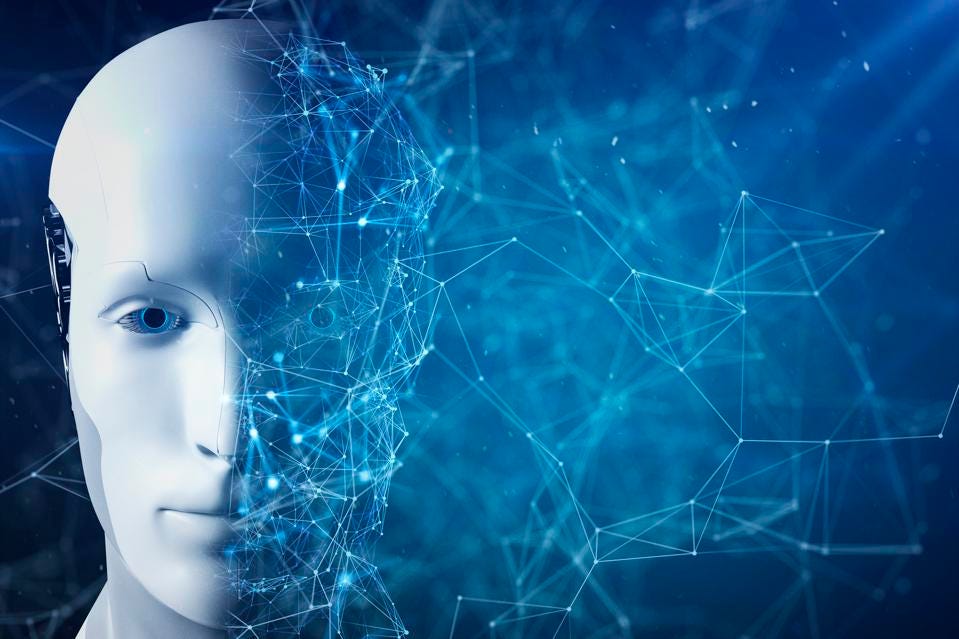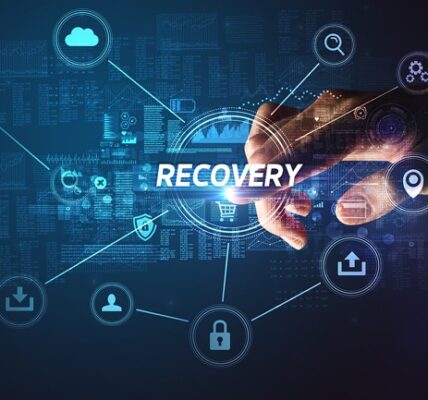In today’s digital-first world, where almost every moment can be recorded, shared, and stored, the field of criminal and civil investigations is undergoing a dramatic transformation. What is the driving force behind this evolution? Multimedia Evidence—including audio recordings, video footage, and digital images—is proving to be one of the most potent tools for uncovering the truth.
The Digital Trail to Justice
From CCTV recordings on street corners to voice messages on smartphones, multimedia content is now a ubiquitous part of modern life. This digital footprint offers investigators critical leads, reconstructs events with precision, and verifies or disproves claims with visual and auditory clarity. As a result, traditional methods of investigation are now enhanced—or sometimes entirely reshaped—by these digital artefacts.
Audio and Video Forensics: Science Meets Justice
Audio and video forensics involve analyzing multimedia to determine authenticity, identify individuals, or detect tampering. Sophisticated tools can:
- Enhance audio to clarify speech in noisy environments
- Authenticate videos to detect deepfakes or edits
- Identify speakers using voice biometrics
- Extract metadata to determine when and where recordings were made
These capabilities allow forensic experts to paint an accurate picture of events, even when eyewitness testimony is incomplete or unreliable.
Real-World Impact: From Crime Scenes to Courtrooms
Multimedia evidence has become a key player in high-profile cases:
- Security camera footage has helped identify suspects in terrorist attacks and burglaries.
- Smartphone recordings have exposed instances of police misconduct or corporate fraud.
- Body cam videos provide transparency and accountability in law enforcement operations.
In courtrooms, juries are increasingly influenced by the clarity and objectivity that multimedia provides. It’s hard to argue with what the camera sees or what a voice recorder captures.
Challenges and Ethical Considerations
Despite its power, multimedia evidence must be handled with care:
- Tampering risks requires strict chain-of-custody protocols.
- Privacy concerns arise, especially with covert recordings.
- Deepfake technology can blur the distinction between reality and fiction.
Forensic analysts must combine technical expertise with ethical responsibility to ensure that justice is both accurate and fair.
The Future: AI and Automation in Multimedia Forensics
Artificial intelligence is the next frontier in multimedia evidence analysis. AI can:
- Automatically detect anomalies or edits in recordings
- Match faces and voices with database entries
- Translate and transcribe in real-time
These tools are reducing human error, speeding up investigations, and opening new possibilities in digital evidence processing.
Final Thoughts
The truth doesn’t always speak for itself, but multimedia can help it be heard and seen. As technology evolves, so too does the power to uncover hidden realities. Multimedia evidence is not just enhancing modern investigations—it’s redefining them. For investigators, legal professionals, and the public alike, it’s a revolution in the pursuit of truth.




